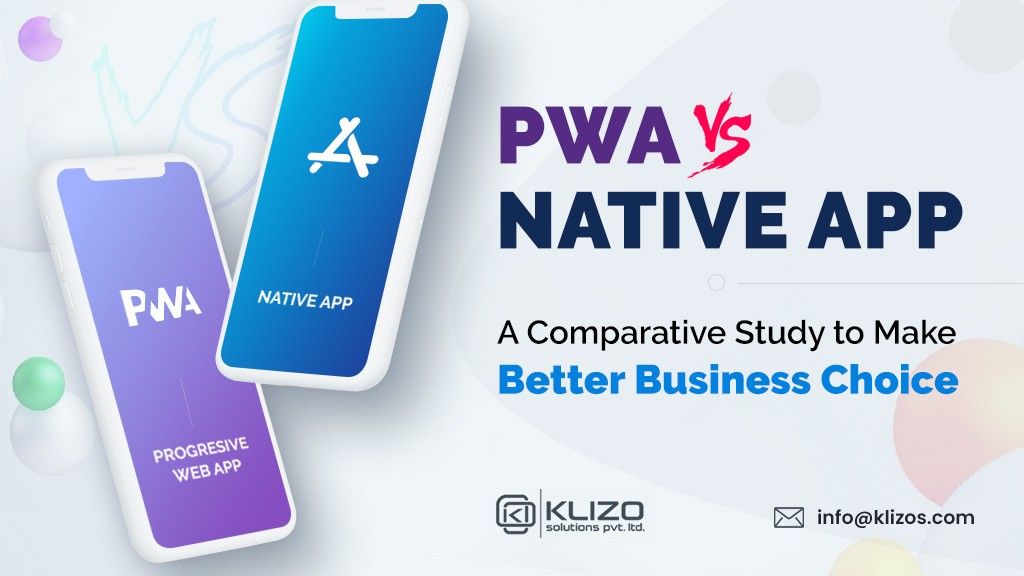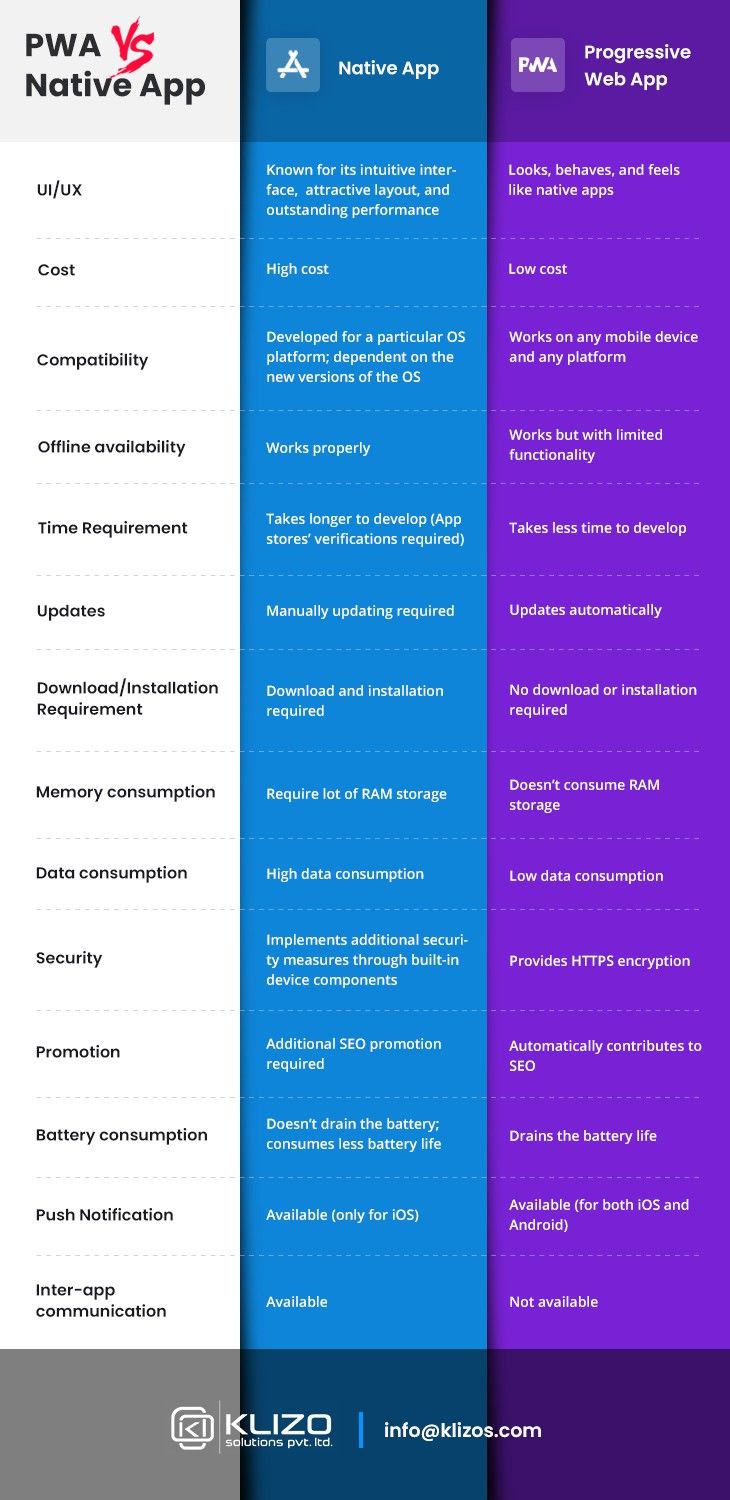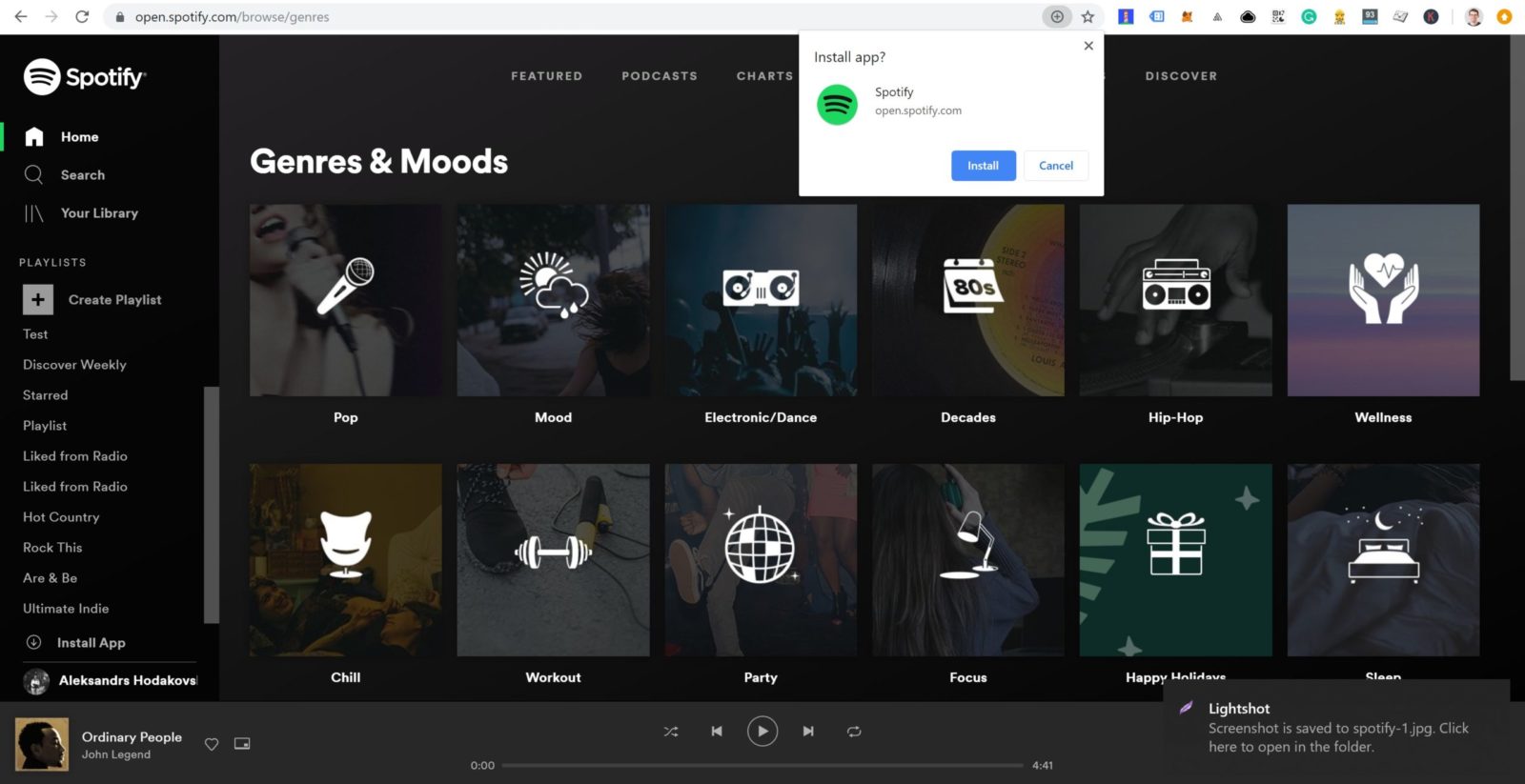


When it comes to mobile apps’ exceptional performance, stunning layouts, and advanced functionalities, iOS and Android native apps are widely popular. But, nowadays, more and more companies are opting for progressive web applications aka PWAs. And PWA vs native app- this has become a topic of discussion lately.
Are PWAs worth switching to, over the native mobile apps? Or is it that PWAs are only cheaper and offer no such major advantages over native apps?
To know for sure whether you should stick to native apps or move on to PWAs for business benefits, let’s delve deeper into the native mobile app vs PWA comparison.
We are going to cover the pros and cons of both progressive web applications and native mobile apps in detail here along with its business benefits. But before that, here you can take a quick glance at the infographic on PWA vs native app comparison.

In case you’re not aware of what PWAs are or what makes them superior to native apps to many; the following PWAs vs native mobile apps discussion can help you out.
Native apps are applications that are built to operate on either iOS or the Android platform optimally. When developing a native app for a particular platform, it is written in a language that the concerned platform accepts. Therefore, such apps have access to full functionalities that a device has to offer.
To use a native app, a user first has to download it and then install it on their mobile device. In 2016, almost 87% of all mobile traffic was generated through native apps.
Let’s take a look at some of the major advantages that native apps have to offer to the businesses as well as the users and customers:
The benefits of using native apps may seem to be hard-to-resist, but these apps aren’t free from flaws. Yes, native apps, too have certain cons at which we’ll take a quick look here:

Image Source: Hackernoon
Progressive web apps or PWAs are nothing but ultra optimized websites that act and feel like native mobile applications. Unlike native apps, PWAs operate on a browser that eliminates the need to download or install them on mobile devices.

Image Source: Hackernoon
PWAs can use some of the mobile hardware such as the geolocation or camera. Example: Despite having native apps for iOS and Android users, Spotify, Twitter, Instagram, etc. also offer their PWAs.

Image Source: Hackernoon
Let’s check out the benefits that make progressive web apps popular and make more and more people choose PWAs for taking their business online.

Image Source: Hackernoon
Yes, progressive web apps do come with several advantages over the native apps; but they do have some limitations as well. Here, check out the disadvantages of PWAs as it can help you make a more informed decision about which type of app to go with.

Image Source: Hackernoon
Well, neither native apps nor PWAs replace each other as they both have different sets of pros and cons. Also, which type of application would be the best choice for your business depends a lot on the business requirements and priorities.
If you are looking forward to reaching out to a larger audience within a limited budget, having push notifications aren’t a priority to you as you have other solutions to keep your audience engaged or your app functionalities do not comply with that of the policies of App Store, then PWAs can work pretty good for you.
But, if your application needs proper integration with mobile hardware elements, or you need push notifications for both iOS and Android, or it’s an AR solution or game app you’re planning to launch, then a native app is what you need.
The detailed comparative discussion between native app vs PWA clearly shows that both have their perks and drawbacks. And it is based on your business requirements that you should choose between the two.
Need help with developing a native mobile app or a PWA for your business? You can connect with us, at Klizo Solutions.
Our team of experienced and professional developers is proficient in creating different mobile applications. Even if you need help with designing your website, then too, we got you covered, thanks to our team of expert tech professionals.
Previous article
Joey Ricard
Klizo Solutions was founded by Joseph Ricard, a serial entrepreneur from America who has spent over ten years working in India, developing innovative tech solutions, building good teams, and admirable processes. And today, he has a team of over 50 super-talented people with him and various high-level technologies developed in multiple frameworks to his credit.

Subscribe to our newsletter to get the latest tech updates.